The 13th
LaureateSculpture
Marta Pan
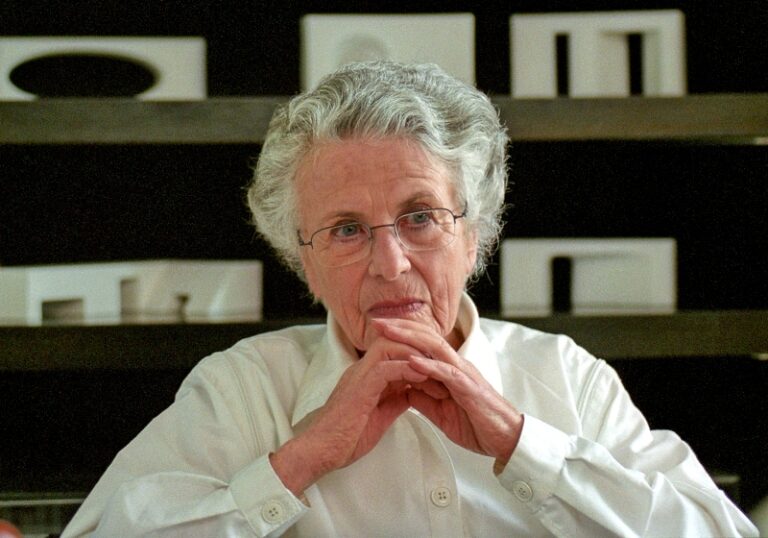
Marta Pan’s sculpture is concerned with the pursuit of geometric simplicity and the exploration of themes of balance and equilibrium. Her work is always sensitive to the nuances of its environment: to the landscape,to the subtle inflections of changing light,to wind and water,and to architecture. Her early work was influenced by her marriage to André Wogensky,at that time the main assistant to Le Corbusier. Maurice Béjart created a ballet around her piece Le Teck,which was premiered on the roof of Le Corbusier’s famous Unité in Marseille. She went on to make series of Floating Sculptures,reflecting the depth to which architecture has influenced her work. The balanced,meditative qualities of her work have led to particularly warm appreciation in the east.
Biography
Marta Pan has devoted her life as a sculptor to a pursuit of geometric simplicity,and to exploration of the themes of balance and equilibrium. Her site-specific sculptures were pioneering in their attention to the overall landscape,to subtly changing light,and movements of water and wind. They were typically placed in natural environments and sculpture parks,but in recent years are found increasingly in urban settings as Marta Pan’s interest has shifted to the scenery of cities,and to the creation of an environment in public space. She has been much more active,and is more recognized,abroad,especially in Japan,than in France. Her works are appreciated in Japan for their abstract serenity,and for their harmony with nature that perhaps recalls the essence of the traditional Japanese garden.
Marta Pan was born in Budapest in 1923 and moved to Paris in 1947 after studying sculpture at the Academy of Fine Arts in Budapest. Her early work was mainly inspired by natural forms such as the hinge mechanism of seashells. In Paris,she met Brancusi,Fernand Léger and Le Corbusier. Her marriage in 1952 to André Wogensky,Le Corbusier’s main assistant,and their intellectual collaboration,is said to be the most direct cause of the introduction of architectural elements to her sculpture. In 1956 her work Le Teck that consisted of two large moveable parts so impressed Maurice Béjart that he decided to create a ballet of the same name around it. It was performed on the roof of Le Corbusier’s Unité d’Habitation in Marseille. It was the first of her works to be linked to dance.
Pan uses a wide variety of materials for her sculpture,including wood,bronze,stone,and steel. Her large Floating Sculpture in the pond of the Kröller-Müller Museum’s sculpture garden in Holland in 1961 marked a turning point in her career. From this work onwards,Marta Pan’s art became more and more deeply related to architecture. Her first stay in Japan in 1969 to install a Floating Sculpture for the Hakone Open-Air Museum also proved to be a decisive landmark in her career. Her encounter with Japan,it seems,was something like a mystical union,and she now has about 25 major pieces in Japan.
Pan participated in the Champs de la Sculpture in Paris in 1996,and in 2000 had a retrospective exhibition at Chateau Coubertin,near Paris,representing 20 years of her work. Among other recent projects,she participated in the design for the doors for the year 2000 Jubilee in Rome,and completed Three Islands,a floating sculpture made of stainless steel in the Lake of the Central Park at Plateau Kirchberg in Luxembourg,two monuments for Japan and a fountain in London.
She passed away on October 12,2008,Paris,France
Chronology
-
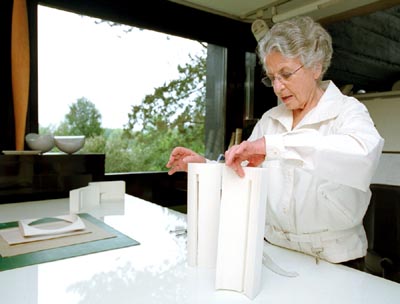
Pan in her studio, 2001
-
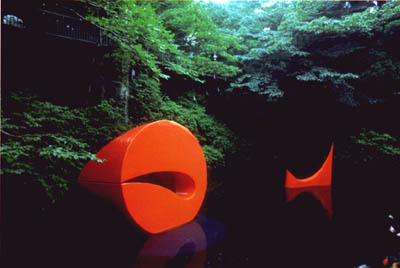
Floating Sculpture
-
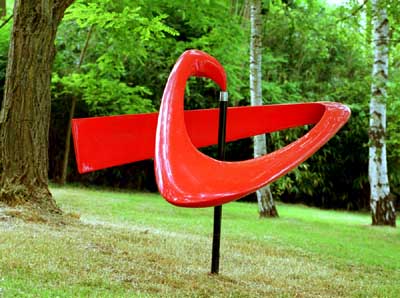
Spiral
-
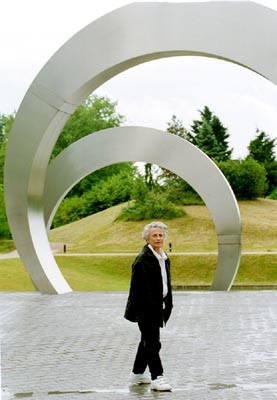
La Perspective, St Quentin-en-Yveline, 1990
-
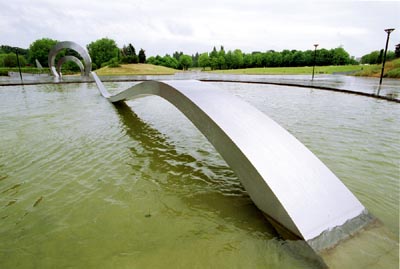
La Perspective
-
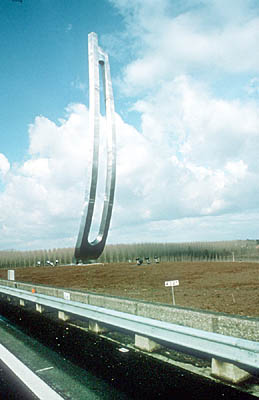
Signe Infini
